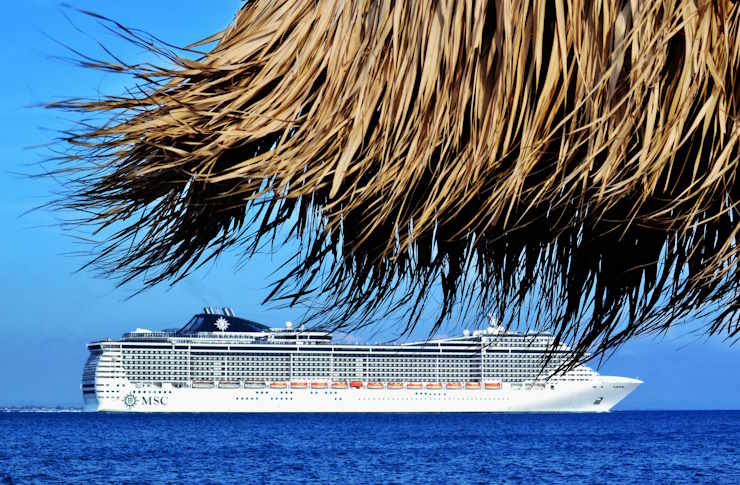Unearthing the Impact of Blue Spaces on Our Health
The importance of nature in promoting health and wellness is not a new concept. However, a specific aspect of this broad field is starting to garner more attention – the impact of blue spaces on our health. We are talking about bodies of water, which include lakes, rivers, seas, and even urban water features.

The Blue Health Concept: A Historical Backdrop
Historically, water bodies have been seen as sources of life and healing. Ancient civilizations, like the Romans and Egyptians, used to build temples and healing sanctuaries near water to harness its perceived therapeutic powers. In recent years, though, scientists have started to explore the health benefits of blue spaces more critically, paving the way for the emergence of a new field of study known as the “Blue Health.”
Current Health Trends and Research Findings
Recent research has suggested that living close to a blue space can have significant health benefits. A study published in the journal “Environmental Research” found that people living near the coast report better physical and mental health than those living inland. Moreover, a study from the Barcelona Institute for Global Health found that children who had greater exposure to blue spaces had better cognitive development and fewer behavioral problems.
Blue Spaces: Benefits and Challenges
Blue spaces can provide a variety of benefits, from promoting physical activity to reducing stress. The sight and sound of water are known to induce feelings of calm and relaxation, which can help in reducing stress and anxiety. On the physical front, water bodies often encourage activities like swimming, boating, and walking along the shore, promoting physical health.
As for the challenges, accessibility is the most significant. Not everyone lives near a coast or a large body of water. Urban water features, like fountains and man-made lakes, can be a solution to this, but there are still issues around maintenance and safety that need to be addressed.
The Science Behind It
The benefits of blue spaces on our health are not just coincidental. Research has shown that looking at water can change our brain waves, inducing a meditative state that boosts mood and reduces stress. Furthermore, negative ions present near large bodies of water can improve our ability to absorb oxygen and balance levels of serotonin, a neurotransmitter linked to mood and stress.
Fascinating Findings from the Blue Health Field
- Being near water can improve creativity. A study in the Journal of Environmental Psychology found that people who viewed blue spaces reported higher scores for creativity compared to those who saw urban or green scenes.
- Blue spaces can help with recovery from illness. A study from the University of Exeter found that post-surgical patients with a view of water bodies recovered faster than those without such views.
- Natural water sounds can improve sleep quality. According to research published in the journal Sleep Science, the sounds of water can improve sleep by reducing stress and promoting relaxation.
In conclusion, the impact of blue spaces on health is a fascinating and relatively new field of study. The evidence so far suggests that these natural features can provide significant physical and mental health benefits. As we continue to explore this area, we may find new ways to harness the healing power of water, bringing us closer to nature and improving our overall wellbeing.



